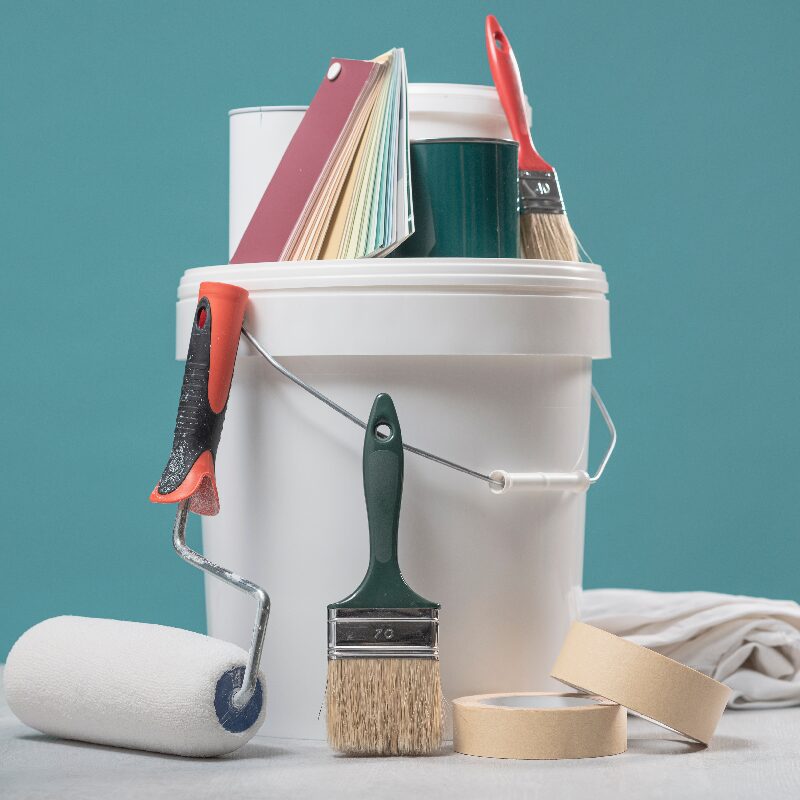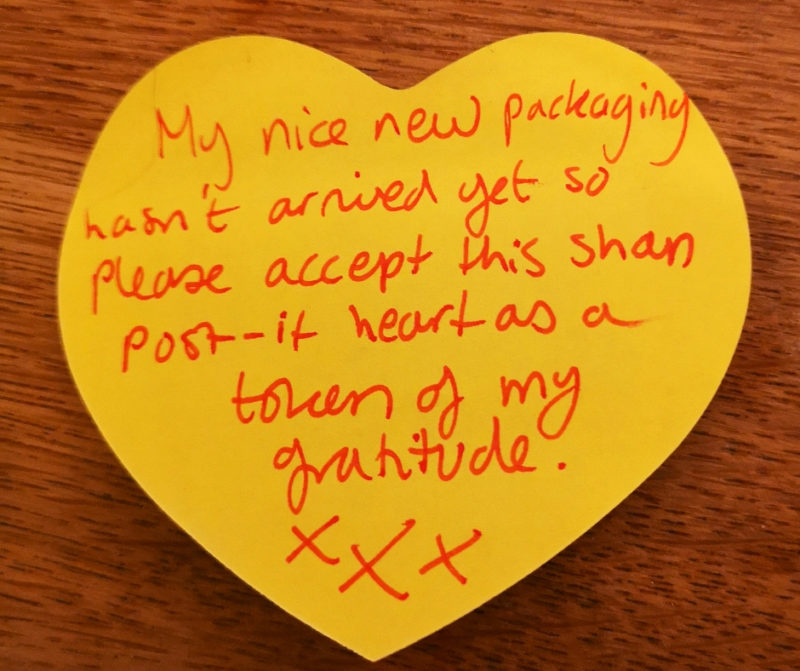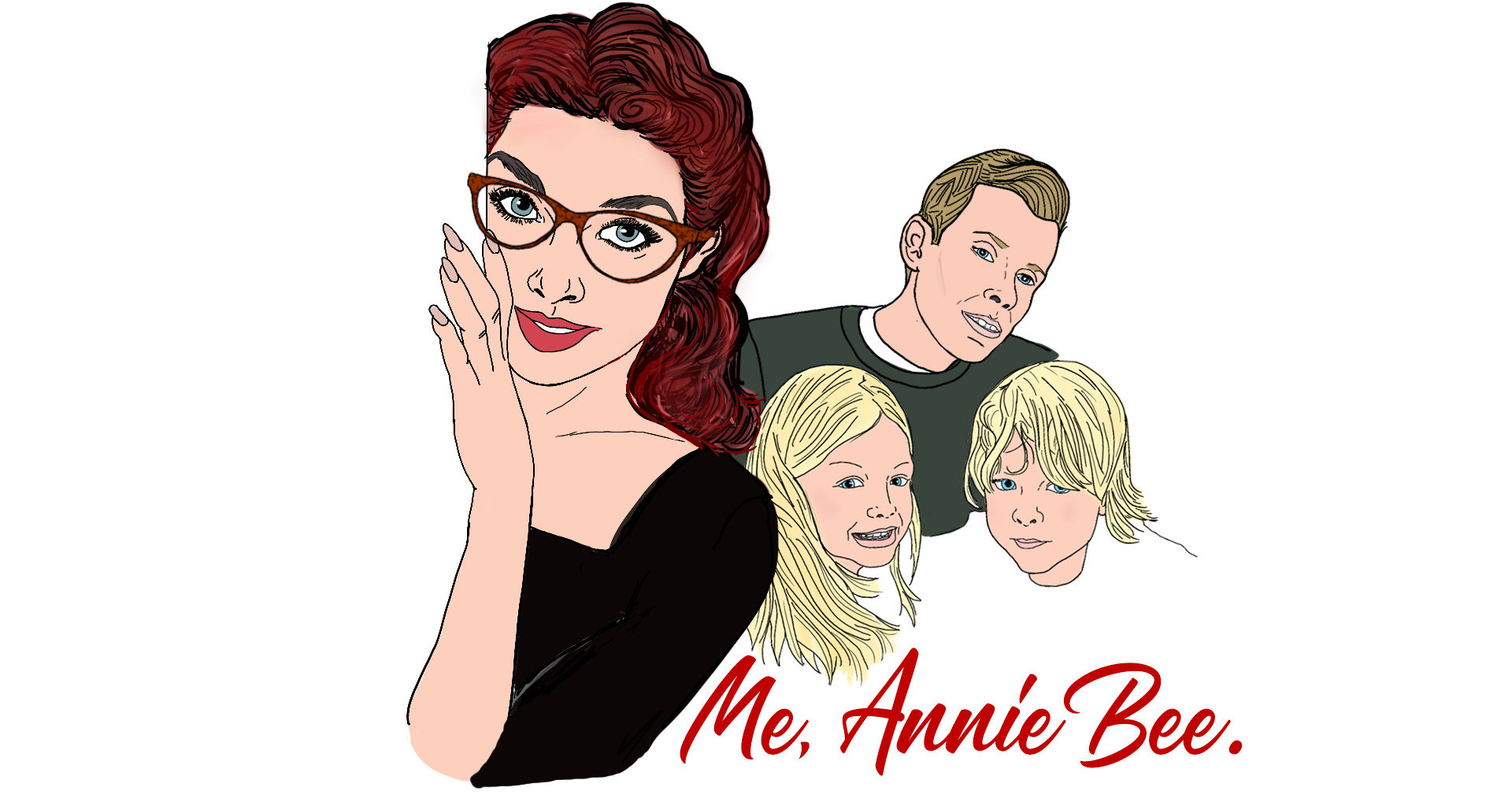
Understanding child maintenance
Navigating the child maintenance process is crucial if you are divorced or separated whilst still co-parenting. The money should be used to ensure your children’s welfare and wellbeing.
Sorting out child maintenance through the proper channels can be a bit of a daunting process, but it is worth it for the legal protection you get. Here is a guide to help you understand child maintenance.
What is child maintenance?
When two parents split up, children usually spend more time with one than the other. 50/50 splits are unusual due to working patterns, school distances and other extracurricular activities. To support the parent who has the children the majority of the time, the non-resident parent contributes to their living costs.
Although child maintenance is linked to how much time is spent with each parent, arrangements to see children are made separately.
How is child maintenance calculated?
Child maintenance is often calculated and organised by Child Maintenance Services (CMS). They use information supplied by HMRC about the paying parent’s income. They will also see if benefits are being received as well.
The next step is for CMS to look at factors that influence income. This includes any other child maintenance payments or dependents, and even pension payments.
Arranging child maintenance
There are two paths that families can go down to organise support payments. Some prefer to keep things as amicable as possible and avoid involving CMS. Keeping things family-based means both parents can have an input about payments and schedules, rather than being told what to do.
If you are considering this approach, be sure to consult with family solicitors who have experience in negotiating child maintenance payments. They will be able to keep your best interests in mind and get you the best possible result whilst still keeping your kids at heart. Both parties will sign a contract, meaning that if one defaults on the payments, there is a legal case that can be pursued.
The other route to child maintenance payments is through the CMS. Some parents will prefer this as there is a more formal basis on which the payments are calculated. By having the government on board, there are extra methods which can be used to get payments made in the case of default.
Enforcing child maintenance payments
Ideally, parents would be able to co-parent amicably and as a team, allowing payments to be made seamlessly. Unfortunately, there are many reasons why payments may be stopped. It could be that someone loses their job or takes a pay cut. In this situation, inform CMS as soon as possible so that the payments can be recalculated and there are no punishments.
Sometimes communication can break down between the two adults, leading to payments being withheld out of anger or spite. Using CMS to mediate means that they can act on your behalf to enforce the payments. They can take payments directly from your wages plus charge an enforcement fee, costing more in the long run.
In extreme cases, the CMS can refer a case to the Child Maintenance Enforcement Unit which can take legal action. This can lead to your credit rating being affected, any property being sold to cover a debt and even a prison sentence.
Share the love.
Related
You May Also Like

Why Maxi Dresses are the Best
May 30, 2022
6 Benefits of Eco-Friendly Paint.
January 15, 2025



